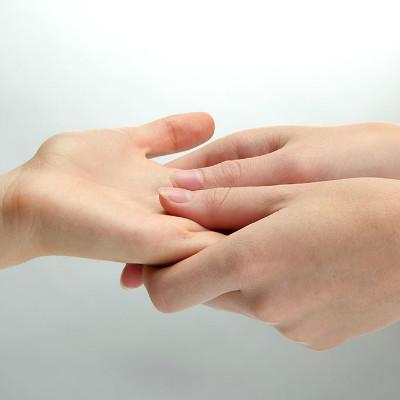What disease is anuria oliguria?
summary
Urination is the basic function of human beings, so the normal urination can also see whether the physical condition is good, so if you have abnormal urination, you should go to the hospital in time for consultation, then the common symptoms of abnormal urination are whether there is urine or oliguria, so what is the cause of this? How to treat, today we will understand the causes of anuria and oliguria. Let me share my experience with you.
What disease is anuria oliguria?
First: the urine output of healthy adults is 1-2 liters per 24 hours, which is equivalent to about 1 ml per minute when the average is 1.5 liters. The amount of urine is generally proportional to the amount of water intake, but diet, temperature, environment, mental stress, labor or exercise, pain can affect the amount of urine. If drink a lot of water, strong tea or coffee, urine volume increases; High temperature operation or strenuous exercise can reduce urine volume due to sweating, which belongs to the scope of physiological regulation.

Second: in pathological conditions, such as 24-hour urine volume less than 400 ml, or less than 17 ml urine volume per hour, called oliguria; 24 hours urine volume less than 100 ml, or 12 hours without urine, called anuria. More than a day of oliguria and anuria should be actively looking for the cause, treatment.

Third: others: after ureteral surgery, scar contracture after tuberculosis or ulcer healing, renal torsion caused by severe renal ptosis or wandering kidney, neurogenic bladder, etc.

matters needing attention
To sum up, the causes of oliguria and anuria are different. Renal parenchymal disease, if not treated in time, edema gradually aggravated, affect gastrointestinal function, reduce blood volume, at this time accelerate renal function damage, further reduce urine volume.














